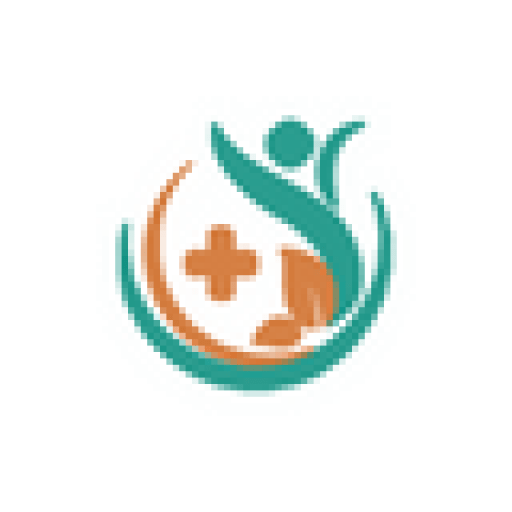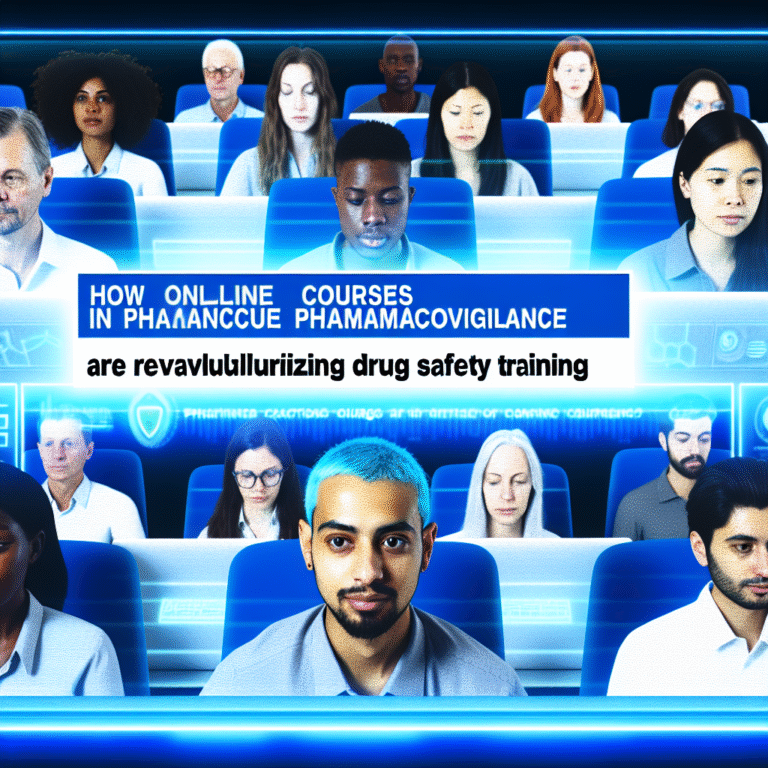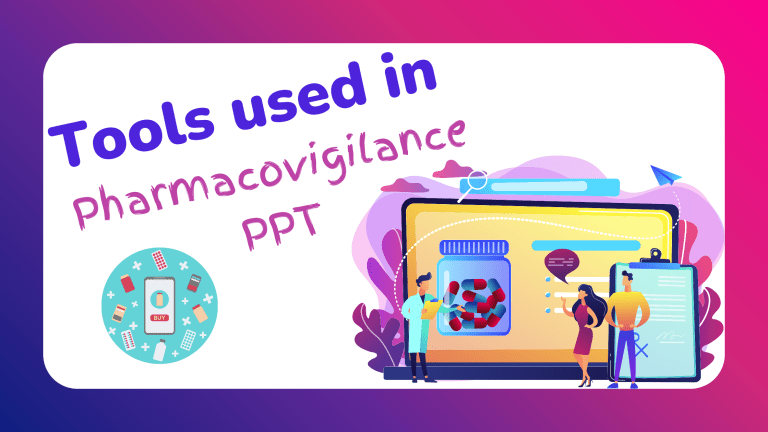The Importance of Pharmacovigilance: Ensuring Patient Safety through Effective Drug Monitoring
**The Importance of Pharmacovigilance: Keeping Patients Safe by Watching How Drugs Work**
**Introduction**
Healthcare keeps changing, and it’s really important that the medicines we use are both safe and work well. That’s where pharmacovigilance comes in. This is a way we keep track of medicines to make sure they are safe and protect people’s health. At Pharmacovigilance Foundations, our goal is to share information that helps doctors and nurses understand how to keep track of drug safety. This blog will show how important pharmacovigilance is in keeping patients safe and ensuring treatments are effective.
**Understanding Pharmacovigilance**
Pharmacovigilance is about finding, understanding, and stopping any bad effects that drugs might cause. It began after a big issue with a drug called thalidomide in the 1960s showed why we need strict rules for drug safety. Now, there are big organizations like the World Health Organization (WHO) and the Food and Drug Administration (FDA) that help set standards for pharmacovigilance all over the world.
**The Role of Pharmacovigilance in Healthcare**
Pharmacovigilance systems have important parts that keep drugs safe. These include:
1. Finding bad reactions to drugs from patient reports and doctor checks.
2. Looking at these reactions to see how serious they are.
3. Figuring out any patterns to predict and reduce risks.
4. Making plans to prevent adverse effects before they happen.
People involved include doctors, drug companies, government groups, and patients, all working together to make sure medicines are safe and effective.
**Why Pharmacovigilance Is Important**
*Keeps Patients Safe:*
– Protects them from bad drug reactions.
– Makes patients trust and follow their treatment better.
– Leads to better treatment results.
*Improves Drug Development:*
– Gives important data for making drugs better.
– Helps find issues with drugs early.
– Guides ideas for making new medicines.
*Keeps Companies Following Rules:*
– Makes sure they follow all legal rules.
– Stops them from getting fined or into legal trouble.
– Supports honest marketing of drugs.
**Challenges in Pharmacovigilance**
Even though it’s important, pharmacovigilance does face challenges:
1. Not enough people report bad drug reactions.
2. Different places have different ways of reporting.
3. Managing all the data is hard because there’s so much of it.
4. Making sure everyone around the world is working together.
5. Teaching doctors and nurses about pharmacovigilance.
6. Not enough resources in poorer countries.
7. Language and cultural differences can make things tricky.
8. New drugs are being released very fast.
9. Some places don’t like to change how they do things.
10. Balancing how fast we want new drugs with making sure they’re safe.
**Ways to Make Pharmacovigilance Better**
There are important ways to fix these problems:
1. Use new technology like AI to help understand data.
2. Encourage open talks between everyone involved.
3. Teach the public why reporting bad reactions is so important.
4. Work with other countries to make pharmacovigilance better everywhere.
5. Keep training doctors and healthcare workers.
6. Make reporting systems easy to use.
7. Put more money into pharmacovigilance.
8. Use tools that work in many languages.
9. Keep a close eye on high-risk medicines.
10. Help patients learn and be part of the process.
**Case Studies**
Here are some examples where pharmacovigilance helped:
– Cardiac problems from some weight-loss drugs led to them being taken off the market, stopping harm.
– Monitoring showed bad reactions to a new vaccine, allowing quick action.
– Changes in drug labels and patient materials after reports have made drugs safer.
Sometimes, not paying attention can cause big problems, like with the opioid crisis where late action on bad events caused a health emergency.
**Conclusion**
Pharmacovigilance is very important in keeping patients safe. As new drugs come out, we need to keep up with and change how we do pharmacovigilance. At Pharmacovigilance Foundations, we want to keep working together to solve challenges in this important area.
**Call to Action**
We urge all healthcare workers to take part in pharmacovigilance efforts. Patients can help by reporting any bad reactions they notice, which makes using drugs safer. Together, we can build a safer healthcare future.
**Additional Resources**
To learn more about pharmacovigilance, check out:
– WHO Pharmacovigilance Guidelines
– FDA Reporting Systems and Resources
– Online courses on pharmacovigilance from trusted places
By staying informed, we can help make the future safer and healthier.





